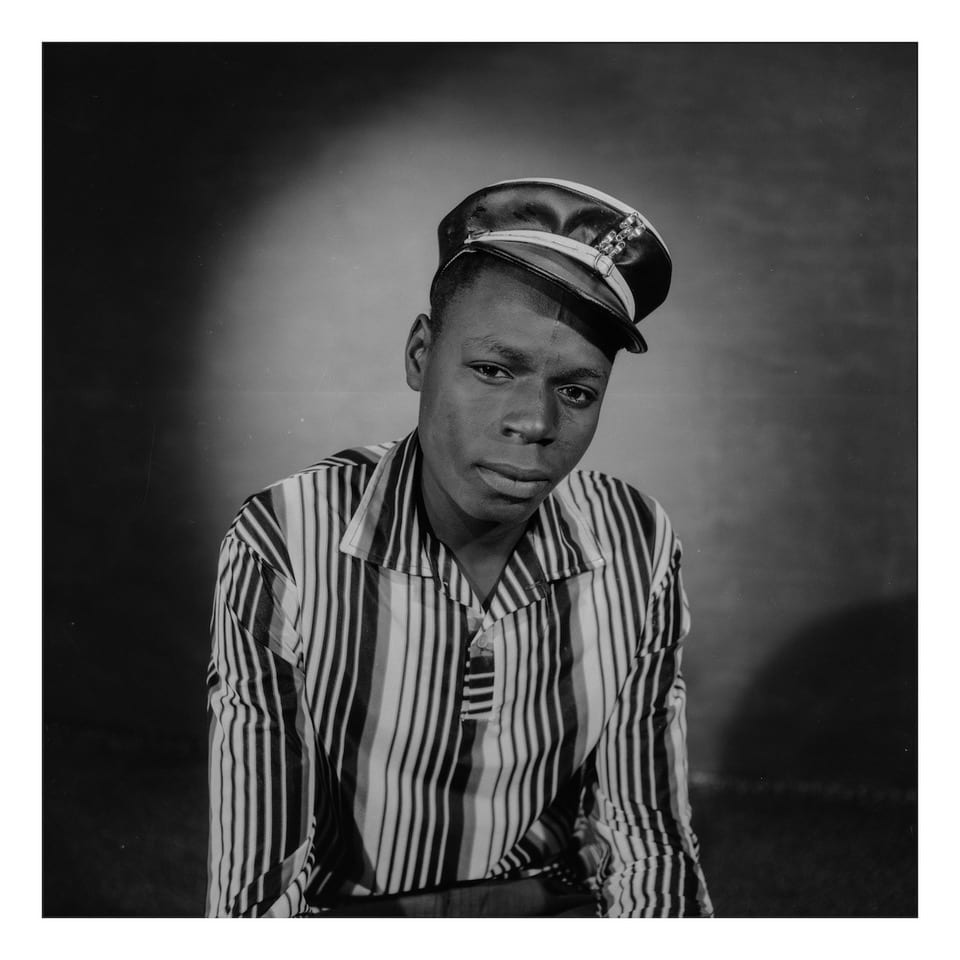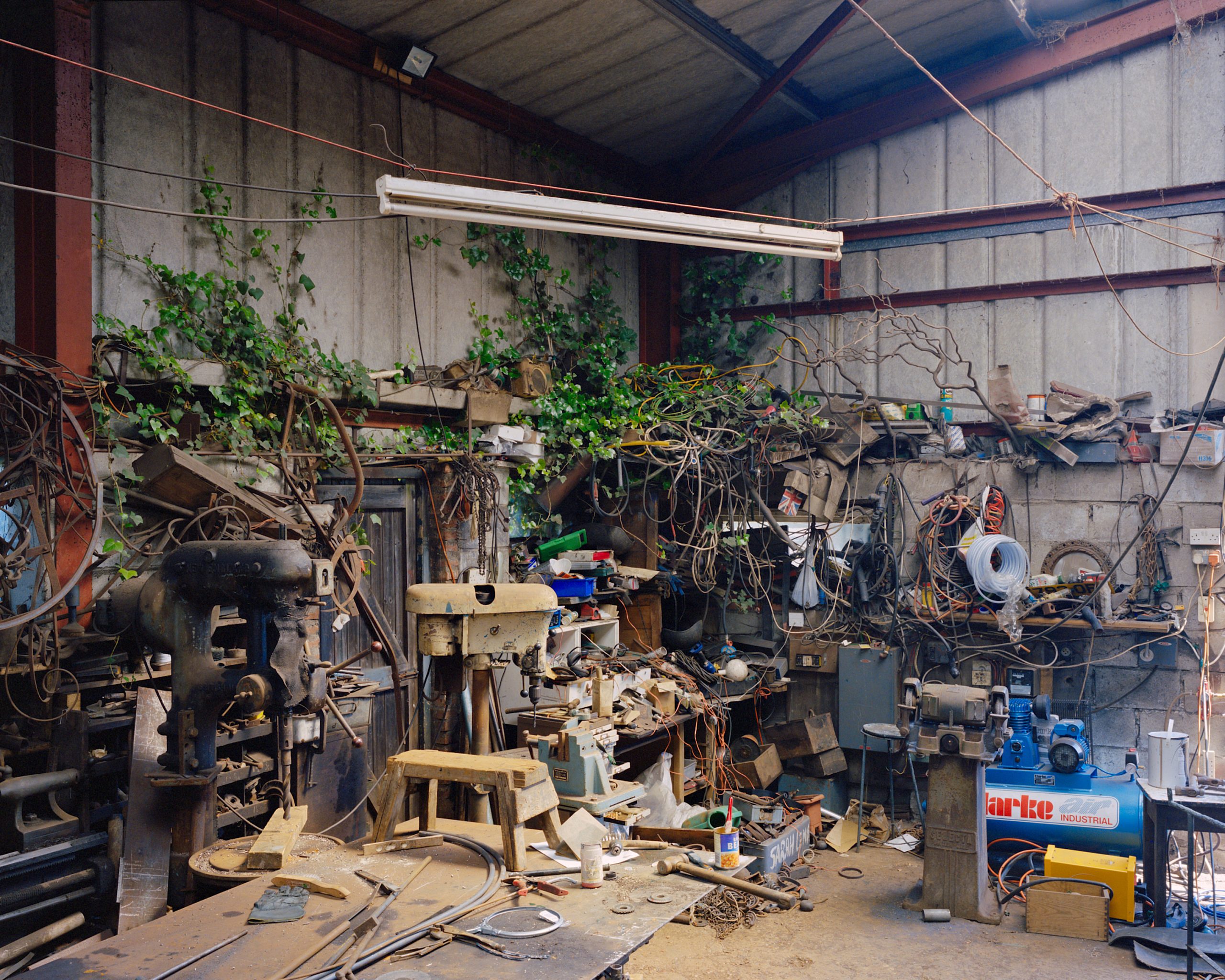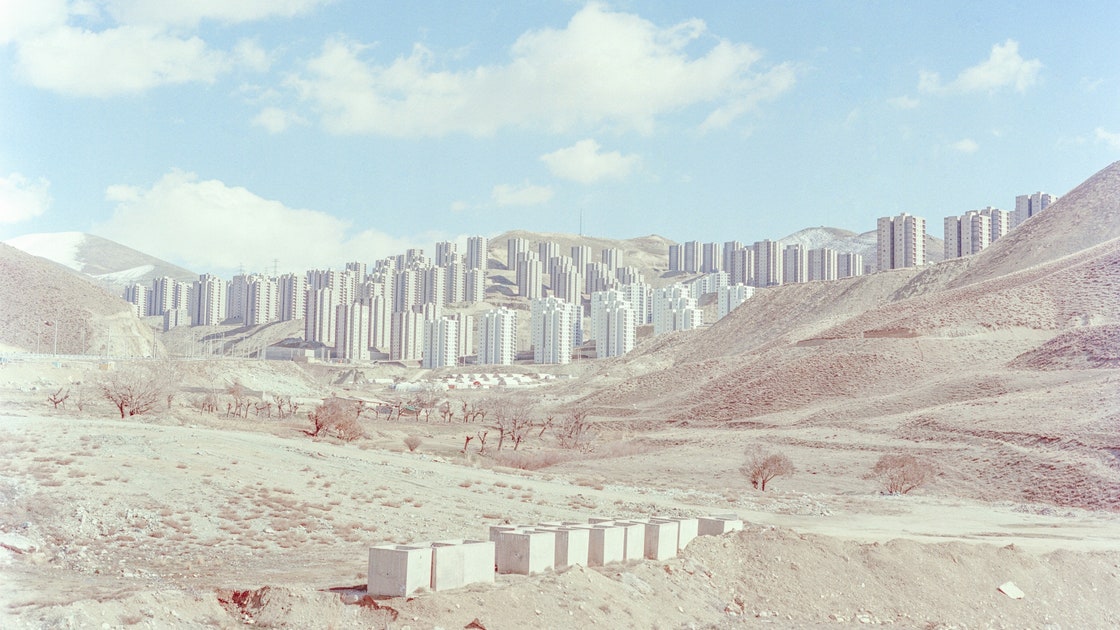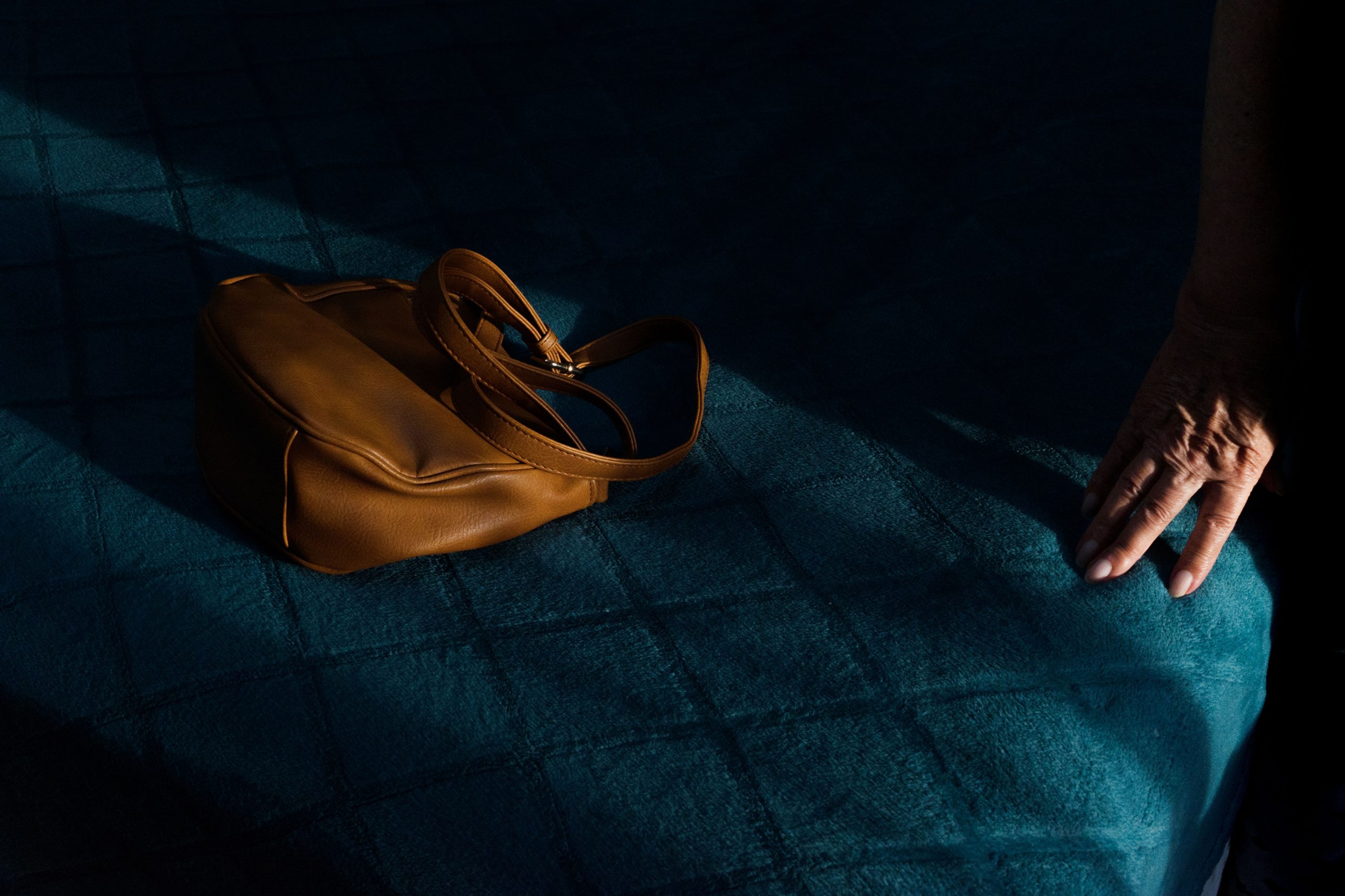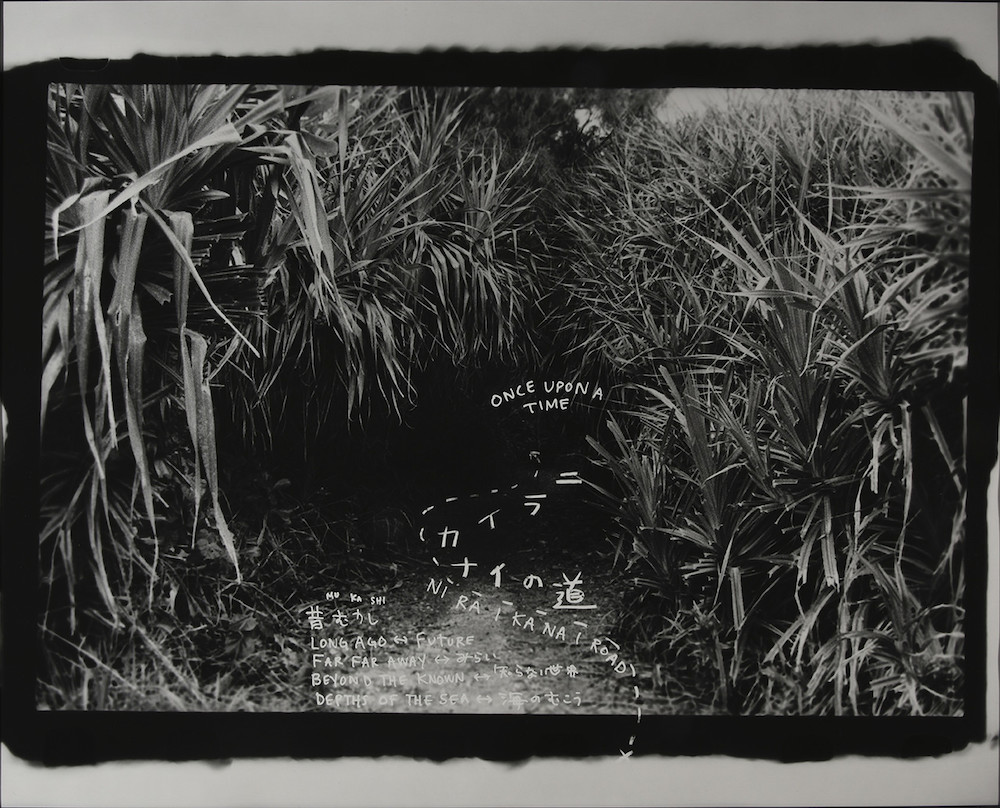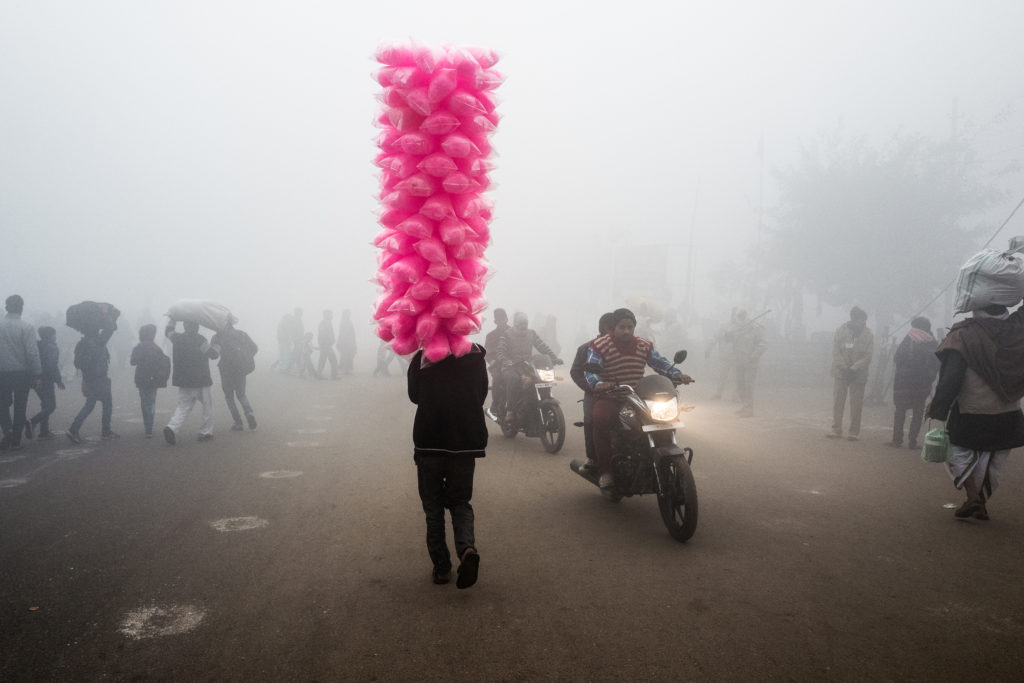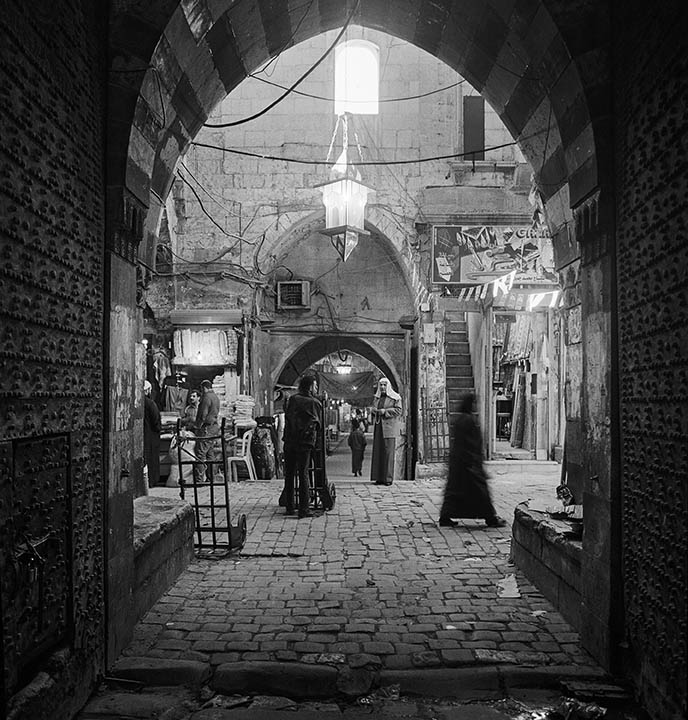Diego Goldberg – 1980’s
In 1980 we moved to New York to work with Eliane Laffont at Sygma USA. Perhaps the highlight of those years was my work with François Mitterrand. While in France I had been covering the Socialist Party and when Mitterrand decided to be a candidate again for the presidential elections I wrote him a letter with a project to document his campaign from the inside, with total access to his private and political activities. I appealed to his sense of place in history and the importance of preserving those moments for future generations.

